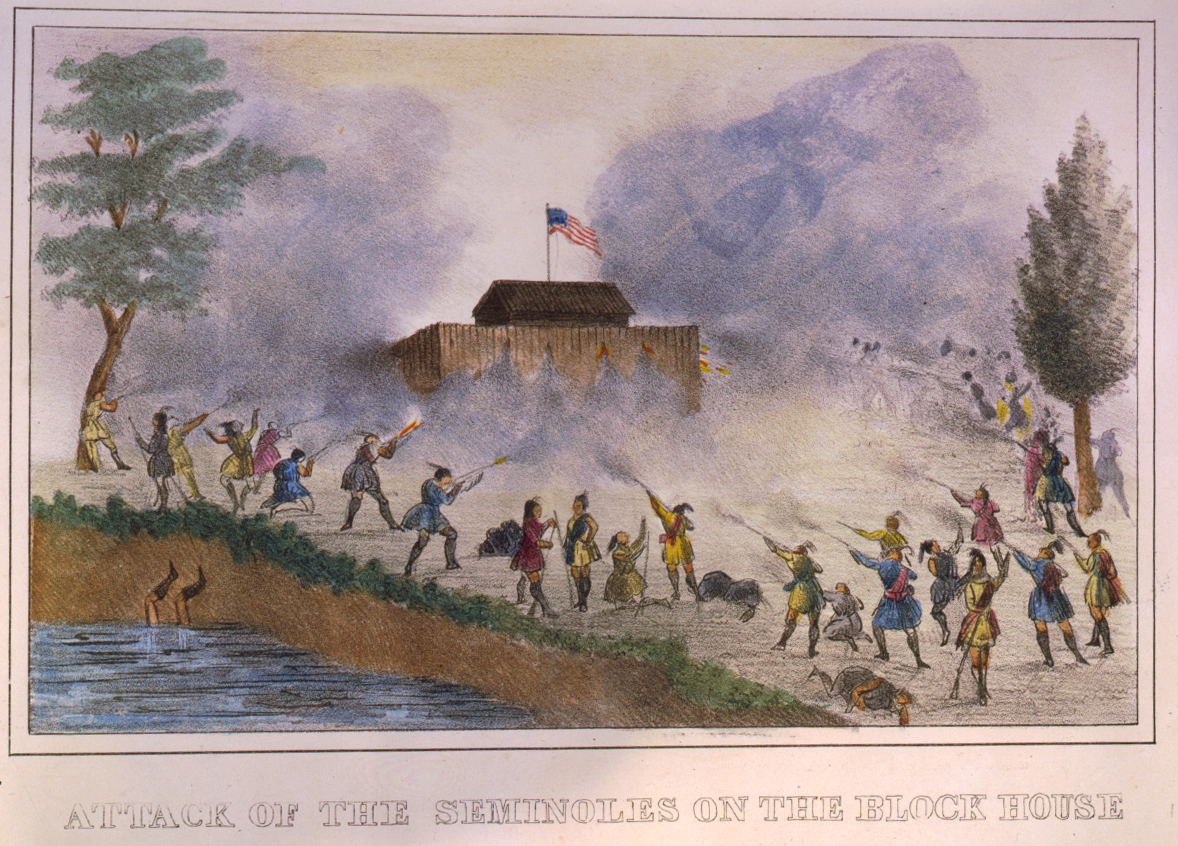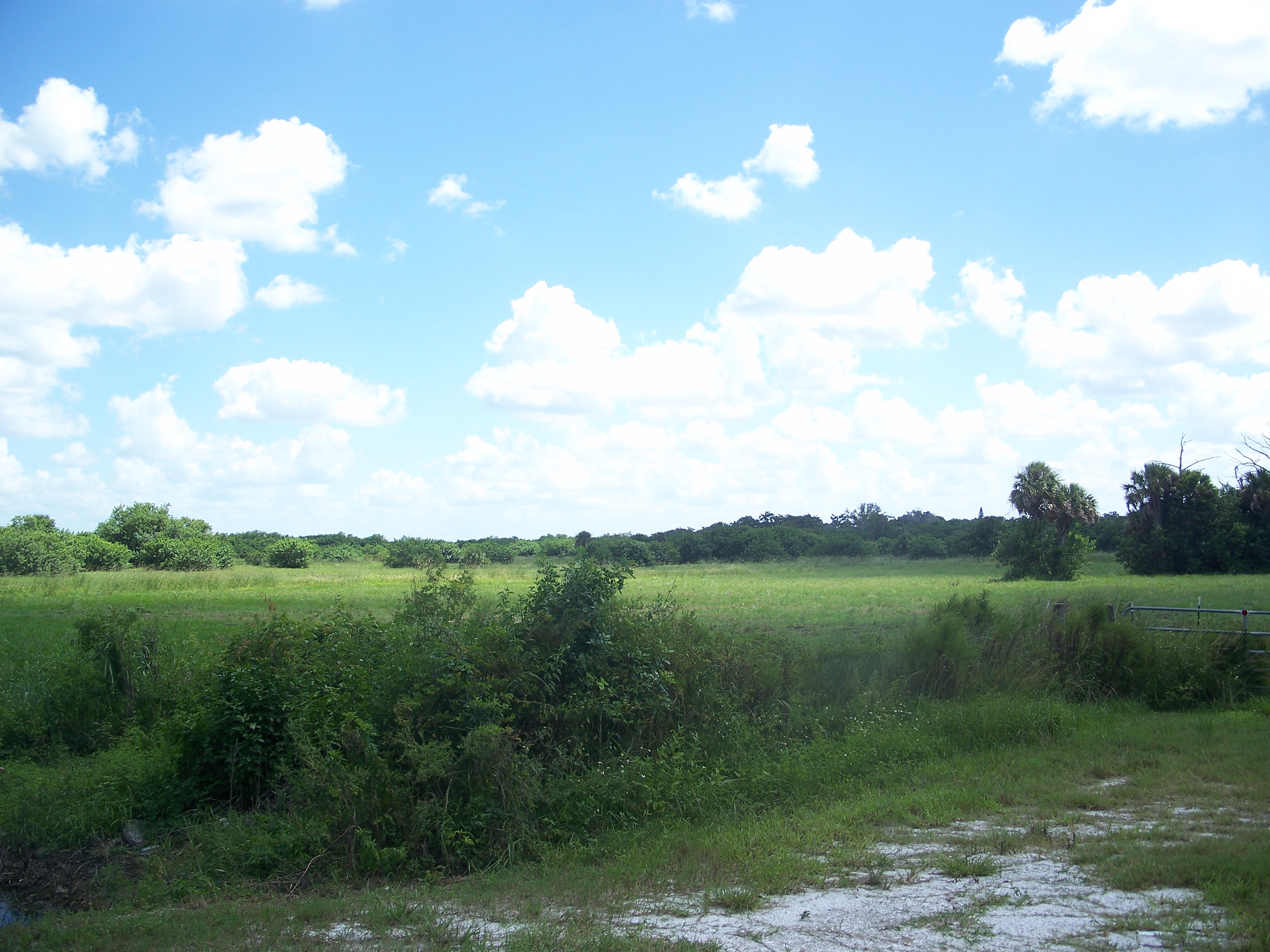|
Bob Carr (archaeologist)
Robert (Bob) S. Carr (born July 5, 1947) is an American archaeologist and the current executive director of The Archaeological and Historical Conservancy, Inc. He specializes in Southeastern archaeology, with particular emphasis on archaeology in Florida. He has also conducted fieldwork in the Bahamas. Early life and education Carr was born on July 5, 1947, in La Plata, Maryland. He is the son of Howard and Frances Carr. His family moved to Florida in 1952, where his father sought new opportunities in employment during Florida's post-World War II boom. He worked as a sign painter and a construction equipment operator, at which point he brought his family to Rock Harbor in Key Largo in a Miami transit bus which he had bought in an auction and converted into a mobile home. After his family moved to Miami, by age 13 Carr had become interested in archaeology. He began visiting sites at the mouth of the Miami River. Soon after, he joined the archaeology club at the Museum of Science, ... [...More Info...] [...Related Items...] OR: [Wikipedia] [Google] [Baidu] |
Archaeologist
Archaeology or archeology is the scientific study of human activity through the recovery and analysis of material culture. The archaeological record consists of artifacts, architecture, biofacts or ecofacts, sites, and cultural landscapes. Archaeology can be considered both a social science and a branch of the humanities. It is usually considered an independent academic discipline, but may also be classified as part of anthropology (in North America – the four-field approach), history or geography. Archaeologists study human prehistory and history, from the development of the first stone tools at Lomekwi in East Africa 3.3 million years ago up until recent decades. Archaeology is distinct from palaeontology, which is the study of fossil remains. Archaeology is particularly important for learning about prehistoric societies, for which, by definition, there are no written records. Prehistory includes over 99% of the human past, from the Paleolithic until the adve ... [...More Info...] [...Related Items...] OR: [Wikipedia] [Google] [Baidu] |
Natchez Trace
The Natchez Trace, also known as the Old Natchez Trace, is a historic forest trail within the United States which extends roughly from Nashville, Tennessee, to Natchez, Mississippi, linking the Cumberland, Tennessee, and Mississippi rivers. The trail was created and used by Native Americans for centuries, and was later used by early European and American explorers, traders, and emigrants in the late 18th and early 19th centuries. European Americans founded inns, also known as "stands", along the Trace to serve food and lodging to travelers. As travel shifted to steamboats on the Mississippi and other rivers, most of these stands closed. Today, the path is commemorated by the Natchez Trace Parkway, which follows the approximate path of the Trace, as well as the related Natchez Trace Trail. Parts of the original trail are still accessible, and some segments are listed on the National Register of Historic Places. Origins Largely following a geologic ridge line, prehist ... [...More Info...] [...Related Items...] OR: [Wikipedia] [Google] [Baidu] |
Living People
Related categories * :Year of birth missing (living people) / :Year of birth unknown * :Date of birth missing (living people) / :Date of birth unknown * :Place of birth missing (living people) / :Place of birth unknown * :Year of death missing / :Year of death unknown * :Date of death missing / :Date of death unknown * :Place of death missing / :Place of death unknown * :Missing middle or first names See also * :Dead people * :Template:L, which generates this category or death years, and birth year and sort keys. : {{DEFAULTSORT:Living people 21st-century people People by status ... [...More Info...] [...Related Items...] OR: [Wikipedia] [Google] [Baidu] |
American Archaeologists
American(s) may refer to: * American, something of, from, or related to the United States of America, commonly known as the "United States" or "America" ** Americans, citizens and nationals of the United States of America ** American ancestry, people who self-identify their ancestry as "American" ** American English, the set of varieties of the English language native to the United States ** Native Americans in the United States, indigenous peoples of the United States * American, something of, from, or related to the Americas, also known as "America" ** Indigenous peoples of the Americas * American (word), for analysis and history of the meanings in various contexts Organizations * American Airlines, U.S.-based airline headquartered in Fort Worth, Texas * American Athletic Conference, an American college athletic conference * American Recordings (record label), a record label previously known as Def American * American University, in Washington, D.C. Sports teams Soccer * B ... [...More Info...] [...Related Items...] OR: [Wikipedia] [Google] [Baidu] |
Second Seminole War
The Second Seminole War, also known as the Florida War, was a conflict from 1835 to 1842 in Florida between the United States and groups collectively known as Seminoles, consisting of Native Americans in the United States, Native Americans and Black Indians in the United States, Black Indians. It was part of a series of conflicts called the Seminole Wars. The Second Seminole War, often referred to as ''the'' Seminole War, is regarded as "the longest and most costly of the American Indian Wars, Indian conflicts of the United States". After the Treaty of Payne's Landing in 1832 that called for the Seminole's removal from Florida, tensions rose until open hostilities started with Dade battle. For the next four years, the Seminole and the U.S. forces engaged in small engagements and by 1842 only a few hundred native peoples remained in Florida. The war was declared over on August 14, 1842. Background Bands from various tribes in the southeastern United States had moved into the uno ... [...More Info...] [...Related Items...] OR: [Wikipedia] [Google] [Baidu] |
Battle Of Lake Okeechobee
The Battle of Lake Okeechobee was one of the major battles of the Second Seminole War. It was fought between 800 troops of the 1st, 4th, and 6th Infantry Regiments and 132 Missouri Volunteers (under the command of Colonel Zachary Taylor), and between 380 and 480 Seminoles led by Billy Bowlegs, Abiaca, and Halpatter Tustenuggee (Alligator) on 25 December 1837. Halpatter Tustenuggee had played a major role in the Dade Battle two years earlier. The Seminole warriors were resisting forced relocation to a reservation in Oklahoma. Though both the Seminoles and Taylor's troops emerged from the battle claiming victory, Taylor was promoted to the rank of brigadier general as a result, and his nickname of "Old Rough and Ready" came mostly due to this battle. Taylor's command Major General Thomas Jesup was placed in command of the war in Florida in 1836. In 1837 Jesup planned a major campaign to finally remove the Seminoles from Florida. In November, four columns started sweeping down th ... [...More Info...] [...Related Items...] OR: [Wikipedia] [Google] [Baidu] |
Hurricane
A tropical cyclone is a rapidly rotating storm system characterized by a low-pressure center, a closed low-level atmospheric circulation, strong winds, and a spiral arrangement of thunderstorms that produce heavy rain and squalls. Depending on its location and strength, a tropical cyclone is referred to by different names, including hurricane (), typhoon (), tropical storm, cyclonic storm, tropical depression, or simply cyclone. A hurricane is a strong tropical cyclone that occurs in the Atlantic Ocean or northeastern Pacific Ocean, and a typhoon occurs in the northwestern Pacific Ocean. In the Indian Ocean, South Pacific, or (rarely) South Atlantic, comparable storms are referred to simply as "tropical cyclones", and such storms in the Indian Ocean can also be called "severe cyclonic storms". "Tropical" refers to the geographical origin of these systems, which form almost exclusively over tropical seas. "Cyclone" refers to their winds moving in a circle, whirling round ... [...More Info...] [...Related Items...] OR: [Wikipedia] [Google] [Baidu] |
National Historic Landmark
A National Historic Landmark (NHL) is a building, district, object, site, or structure that is officially recognized by the United States government for its outstanding historical significance. Only some 2,500 (~3%) of over 90,000 places listed on the country's National Register of Historic Places are recognized as National Historic Landmarks. A National Historic Landmark District may include contributing properties that are buildings, structures, sites or objects, and it may include non-contributing properties. Contributing properties may or may not also be separately listed. Creation of the program Prior to 1935, efforts to preserve cultural heritage of national importance were made by piecemeal efforts of the United States Congress. In 1935, Congress passed the Historic Sites Act, which authorized the Interior Secretary authority to formally record and organize historic properties, and to designate properties as having "national historical significance", and gave the Nation ... [...More Info...] [...Related Items...] OR: [Wikipedia] [Google] [Baidu] |
National Register Of Historic Places
The National Register of Historic Places (NRHP) is the United States federal government's official list of districts, sites, buildings, structures and objects deemed worthy of preservation for their historical significance or "great artistic value". A property listed in the National Register, or located within a National Register Historic District, may qualify for tax incentives derived from the total value of expenses incurred in preserving the property. The passage of the National Historic Preservation Act (NHPA) in 1966 established the National Register and the process for adding properties to it. Of the more than one and a half million properties on the National Register, 95,000 are listed individually. The remainder are contributing resources within historic districts. For most of its history, the National Register has been administered by the National Park Service (NPS), an agency within the U.S. Department of the Interior. Its goals are to help property owners and inte ... [...More Info...] [...Related Items...] OR: [Wikipedia] [Google] [Baidu] |
Juan Ponce De León
Juan Ponce de León (, , , ; 1474 – July 1521) was a Spanish explorer and '' conquistador'' known for leading the first official European expedition to Florida and for serving as the first governor of Puerto Rico. He was born in Santervás de Campos, Valladolid, Spain in 1474. Though little is known about his family, he was of noble birth and served in the Spanish military from a young age. He first came to the Americas as a "gentleman volunteer" with Christopher Columbus's second expedition in 1493. By the early 1500s, Ponce de León was a top military official in the colonial government of Hispaniola, where he helped crush a rebellion of the native Taíno people. He was authorized to explore the neighboring island of Puerto Rico in 1508 and to take office as the first Governor of Puerto Rico by appointment of the Spanish crown in 1509. While Ponce de León grew quite wealthy from his plantations and mines, he faced an ongoing legal conflict with Diego Colón, the late ... [...More Info...] [...Related Items...] OR: [Wikipedia] [Google] [Baidu] |
Tequesta
The Tequesta (also Tekesta, Tegesta, Chequesta, Vizcaynos) were a Native American tribe. At the time of first European contact they occupied an area along the southeastern Atlantic coast of Florida. They had infrequent contact with Europeans and had largely migrated by the middle of the 18th century. Location and extent The Tequesta lived in the southeastern parts of present-day Florida. They had lived in the region since the 3rd century BCE (the late Archaic period of the continent), and remained for roughly 2,000 years, By the 1800s, most had died as a result of settlement battles, slavery, and disease. The Tequesta tribe had only a few survivors by the time that Spanish Florida was traded to the British, who then established the area as part of the province of East Florida. The Tequesta tribe lived on Biscayne Bay [...More Info...] [...Related Items...] OR: [Wikipedia] [Google] [Baidu] |
.jpg)





